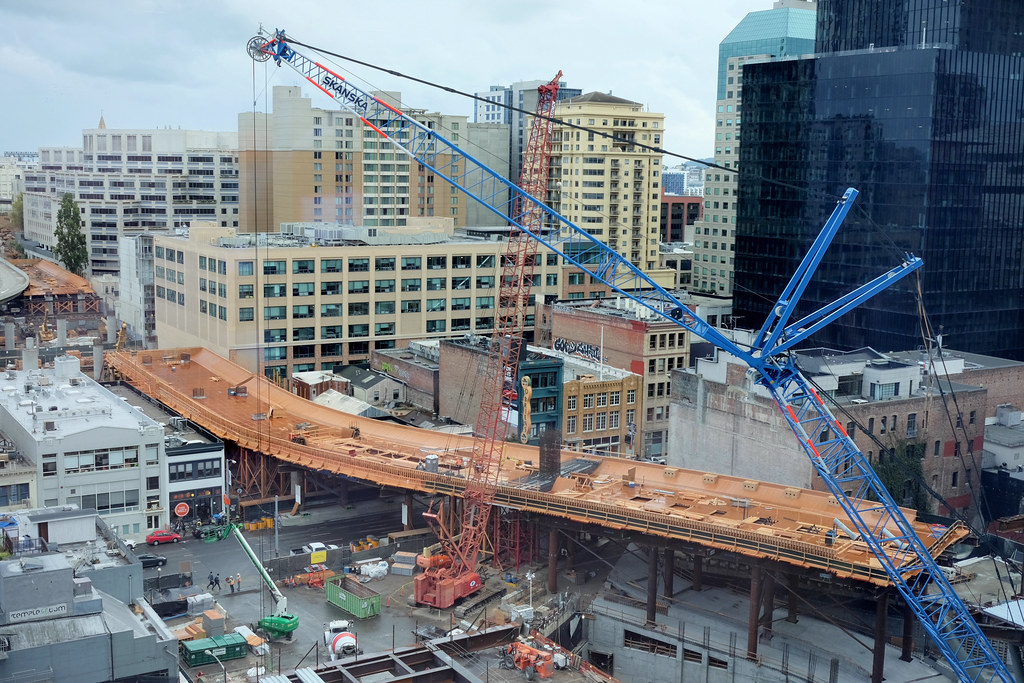Have a story idea
Have a story idea? Send it to us here.

Source : Flickr
May 20, 2022
Author : Patty Allen
A country’s growth can be witnessed in its infrastructure and buildings, and in the USA, the construction industry represents 4.1 percent of the total GDP. Annual expenditure on construction tops $1.231 trillion.
These expenses look only set to rise, with skyrocketing material costs.
According to the Associated General Contractors of America (AGC), the purchasing price of non-residential construction materials has spiked by nearly 21 percent in April, compared to last year. Over the previous twelve months, rising prices have been noted in various construction components.
AGC’s chief executive officer Stephen E. Sandherr explains that “Inflexible tariffs and overly restrictive regulations make it harder for contractors to find and pay for key materials.”
Supply chain restructuring during the height of the Covid-19 pandemic and the ongoing Russo-Ukrainian war have only further exacerbated the situation.
The price index for diesel fuel has soared by 86 percent. The report adds, “The index for aluminum mill shapes climbed 44.8 percent. The index for architectural coatings such as paint soared 32.1 percent. There were increases of more than 20 percent in the indexes for plastic construction products, which rose 29.9 percent; truck transportation of freight, 27.4 percent; steel mill products, 25.1 percent; and roofing asphalt and tar products, 20.8 percent.”
The index for new non-residential construction has risen by 4.1 percent in the last month and 19.9 percent since last year. Other price indexes that affect construction prices have increased by double digits. For instance, insulation products rose by 19.6 percent last year; gypsum products, 17.8 percent; copper and brass mill forms, 16.8 percent; paving mixtures and blocks, 14.4 percent; and concrete products, 10.9 percent, respectively.
The producer price index, the rates that manufacturers and service providers such as wholesalers and transportation companies charge, has risen by 0.8 percent between March and April, and 20.9 percent over the past year. Rising prices are not just hitting American shores. As we here at Contractor News recently reported in the UK the price of fabricated structural steel rose by 19.2 percent between February and March of this year.
“Non-residential contractors have endured twelve months of 20-percent increases in the cost of items they need to build projects,” said Ken Simonson, AGC’s chief economist. “While they have been able to pass some of those increased costs on to clients, most of those increases have come out of their own bottom line.”
AGC has encouraged the Biden administration to assist hard-hit enterprises by removing tariffs on crucial building materials like steel, aluminium, solar panels, etc., and to review its recently proposed Buy America restrictions, which would make it more difficult for businesses to find and pay for products from abroad.
They have further suggested that the best way to keep costs from rising more is to allow contractors to buy supplies from various vendors.
Category : Contractor Trades International Market Watch Material Costs
